BOYDE’s SS26 Collection: Afrosartorialism
‘Afrosartorialism’, Spring/Summer 2026 collection by BOYDE is a fusion of “Afro” referring to African culture, heritage and identity, and “sartorialism,” which pertains to fashion and tailoring. It represents a fashion philosophy deeply rooted in African traditions and aesthetics, celebrating culture through clothing. This blend of modern fashion and traditional African influences highlights distinctive designs, rich textiles, and artisanal craftsmanship at its core.
In essence, Afrosartorialism is a form of self-expression that honours African heritage while reflecting an elevated, culturally rich approach to dressing.
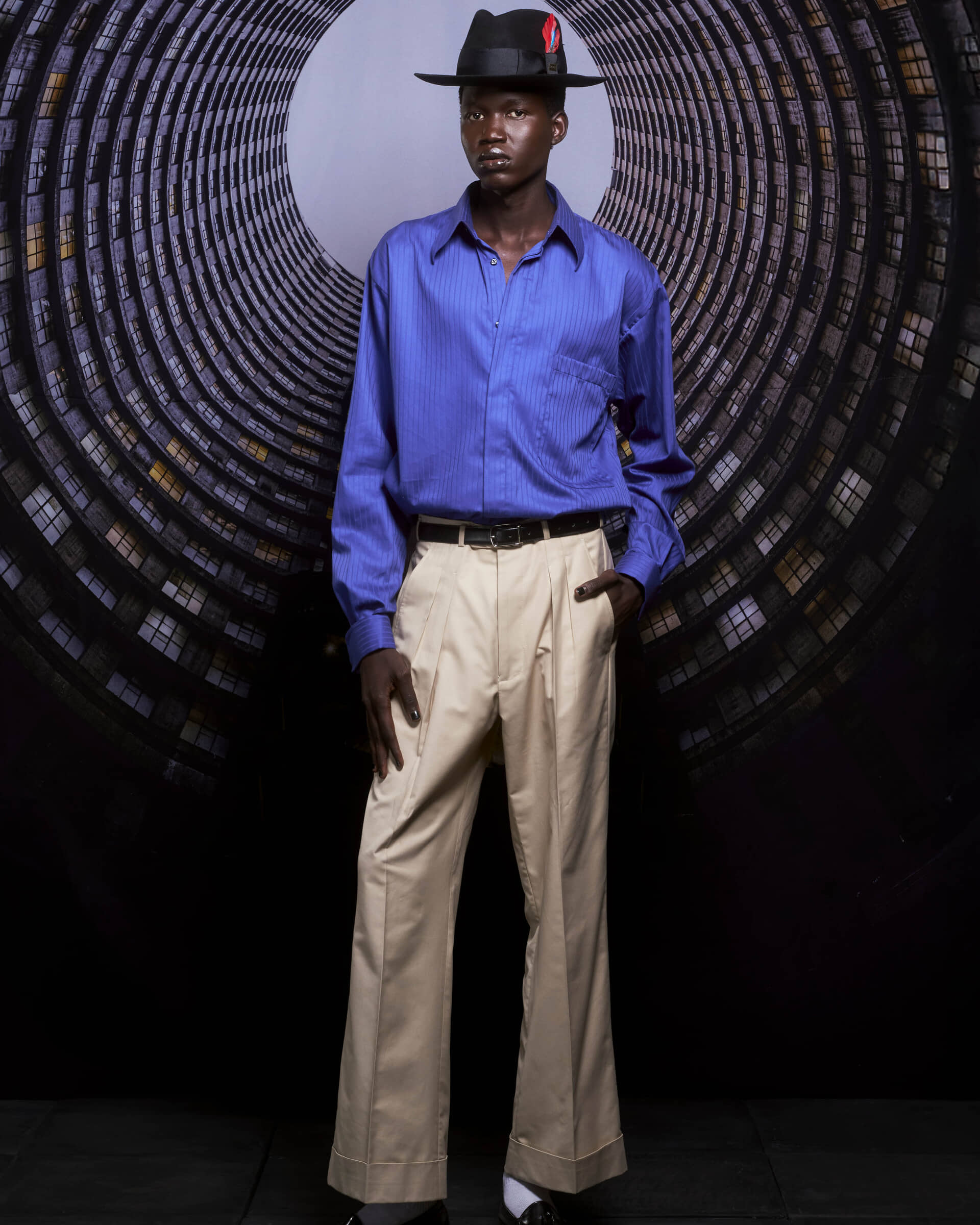
Photography courtesy of BOYDE
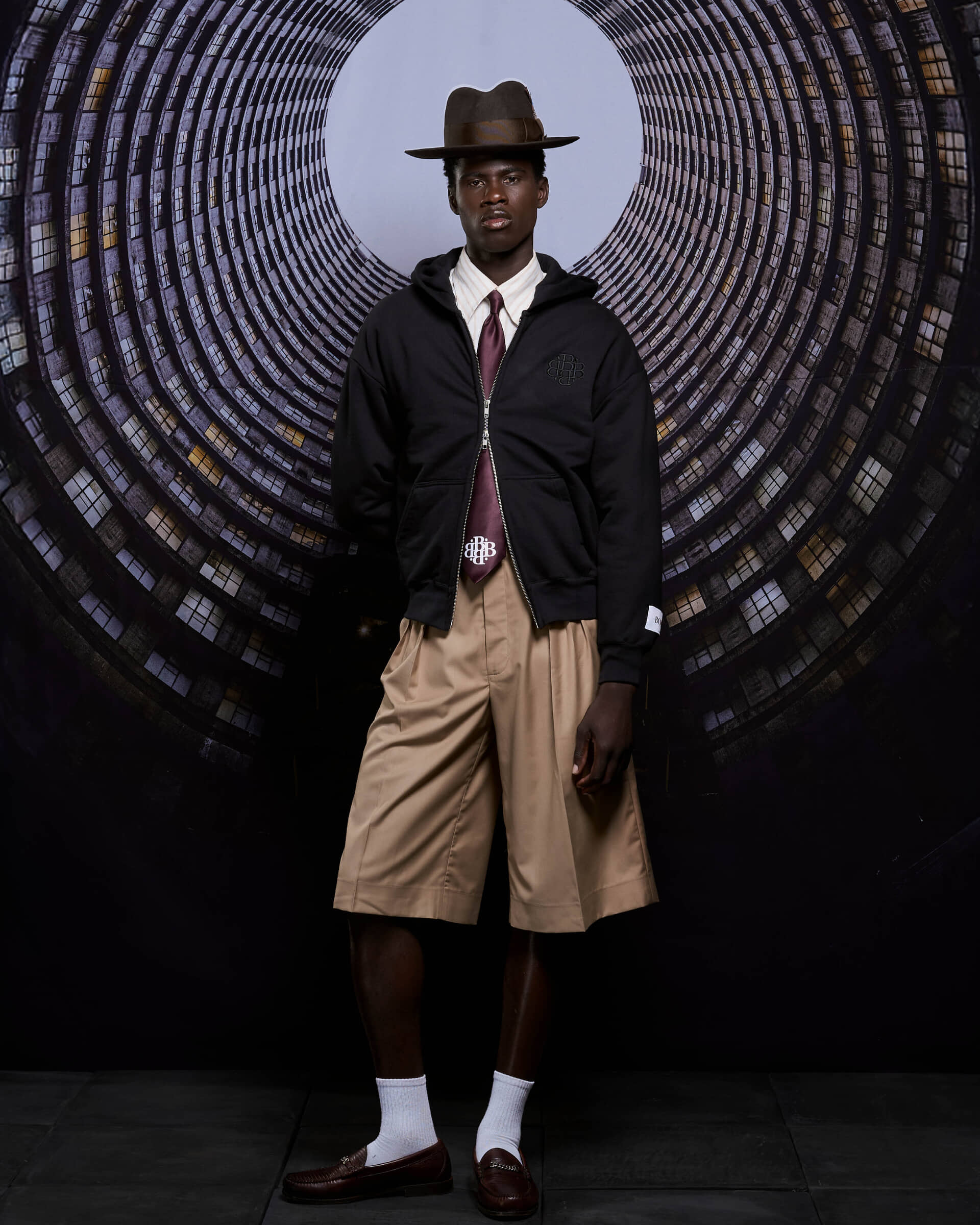
In this collection, the brand explores and reflects on the powerful subcultural movement of the Swenkas, a community of South African Zulu men, primarily migrant labourers from Johannesburg’s working-class neighbourhoods, who have long used fashion as a means of asserting dignity, pride and self-worth.
Originating in the mid-1900s, the Swenkas developed a unique form of expression that blends fashion, choreography and healthy competition. In a society marked by hardship, inequality, and the lingering effects of Apartheid, these men channelled their creativity and hope into what became known as “swenking”, a tradition that borrows from the English term “swank,” meaning to display one’s achievements, wealth, or elegance in an impressive manner.
Despite the gruelling realities of their lives, harsh working conditions, long separations from families, and limited economic freedom, the Swenkas maintained an unwavering belief in cleanliness, self-respect, chaste behaviour and brotherhood. Their performances, which took place predominantly on Saturday nights, became an outlet for joy, identity and resilience. Swenkas would dress in sharp, tailored suits, often European in style, complete with brimmed hats, straw hats, polished leather shoes and some accessories.
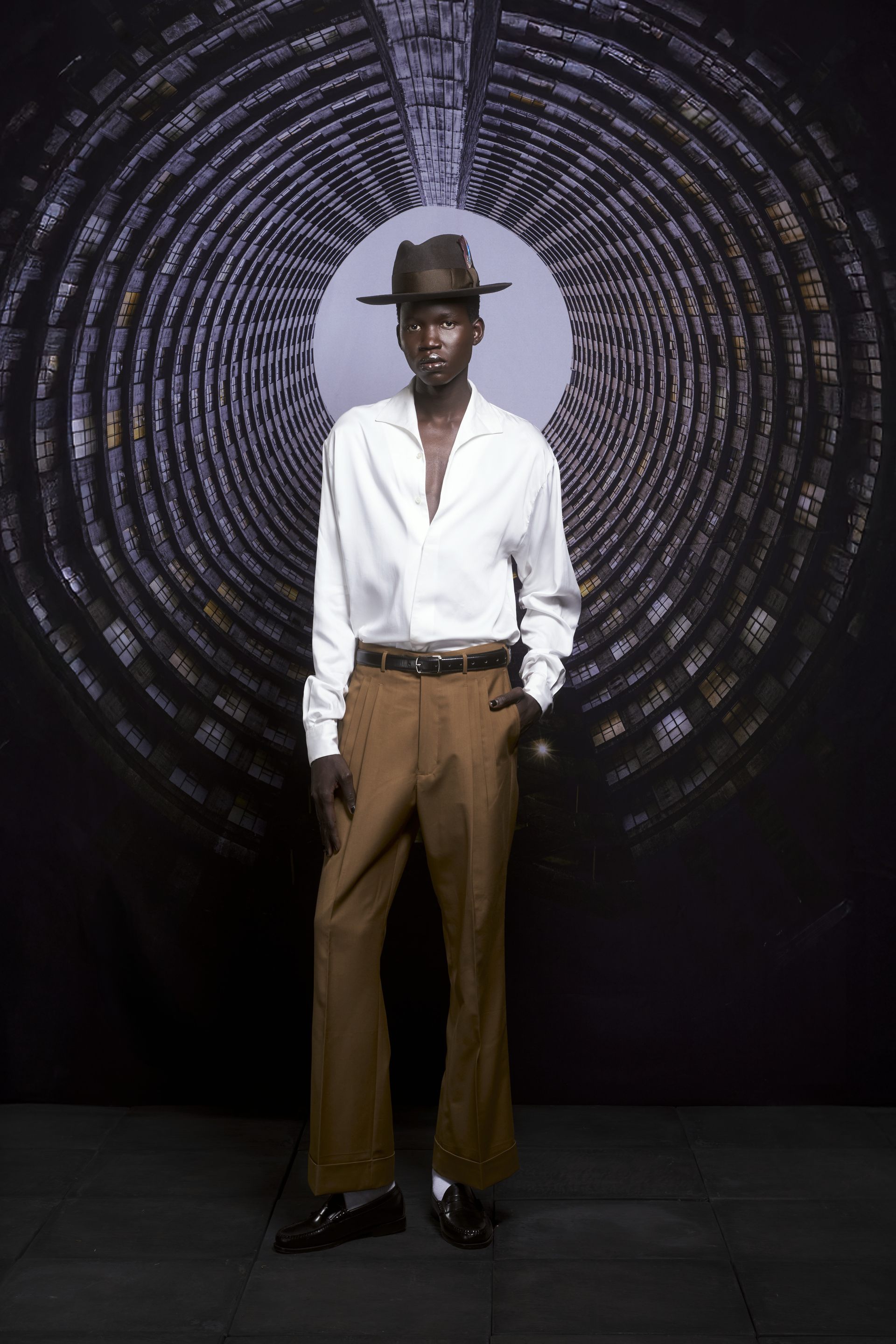
Photography courtesy of BOYDE
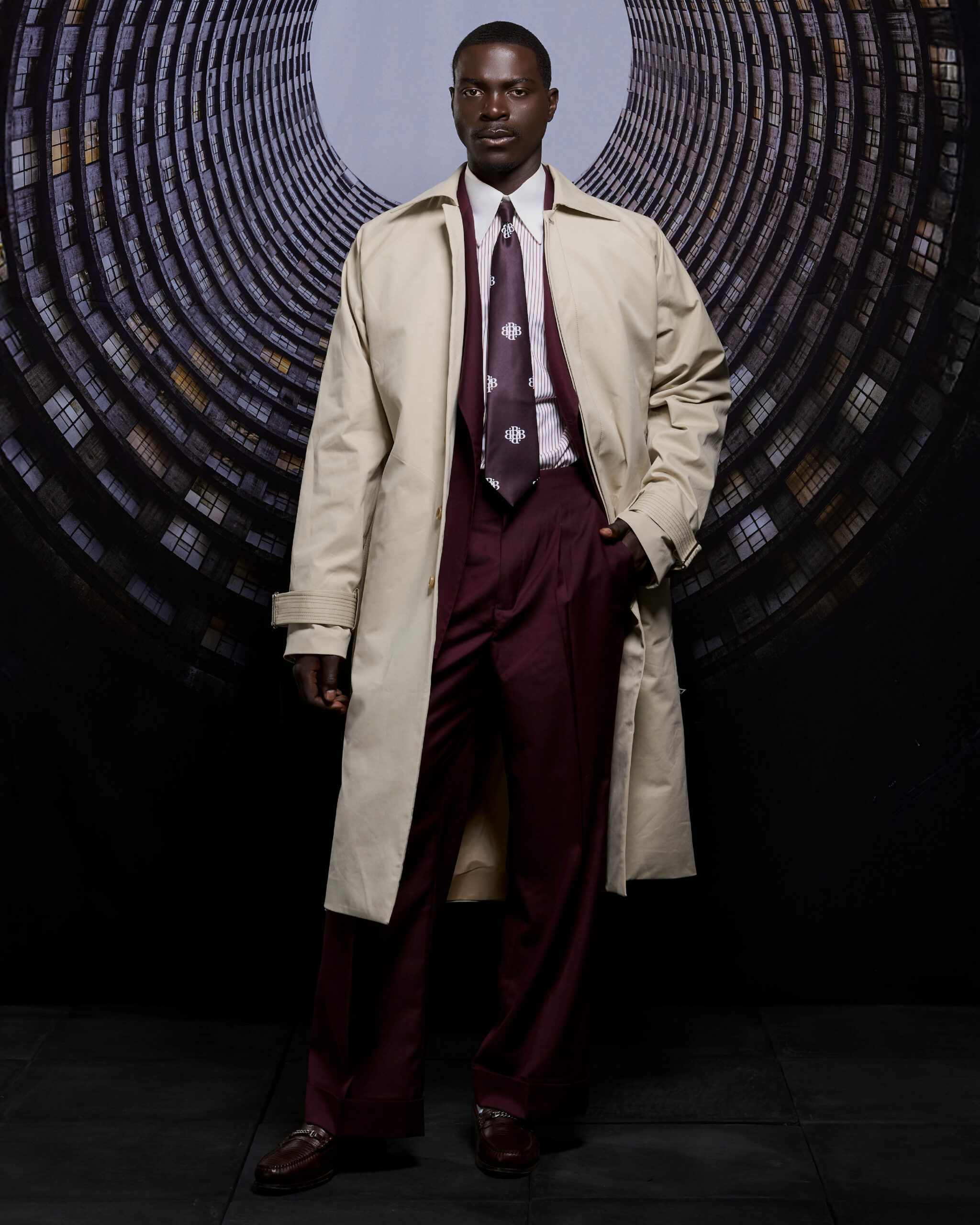
During these events, men would take the stage and exhibit their ensembles with choreographed movements, drawing attention to the craftsmanship and elegance of their outfits. These amateur competitions were judged based on two key criteria: style and attitude. The best-dressed participant would often receive a cash prize collected from fellow participants or, on occasion, a goat.
Swenkas are more than just well-dressed men, they are symbols of creative resistance and aspirational identity. Their legacy represents how fashion can be used not only to uplift the self, but also to challenge societal norms, create community, and preserve dignity in the face of adversity.
IsiZulu Translation:
Kulolu cwaningo lweqoqo le-Ntwasahlobo/Ihlobo ‘26, sihlola futhi siphinde sicubungule ukunyakaza kwamasiko aphansi oSwenka. Leli yithimba lamadoda amaZulu, ikakhulukazi abasebenzi abafudukayo abavela emiphakathini esezingeni eliphansi eGoli, elasebenzisa imfashini njengendlela yokugcina isithunzi, ukuzihlonipha nokudala ukuzigqaja.
Oswenka, baqala phakathi nawo-1900, bathuthukisa indlela ehlukile yokuziveza ehlanganisa imfashini, ukunyakaza komzimba okucwangcisiwe kanye nokuncintisana okunempilo, okuwumphumela wemvelo wokuphila ngaphansi kwezimo zokucindezelwa uhulumeni wobandlululo. Igama loSwenka lisuselwa esiNgisini elithi swank, okusho ukubonisa ubuhle, impumelelo noma ingcebo ngendlela evelele.
Ngaphandle kwezimo ezinzima zokusebenza, ukuhlukaniswa nemindeni isikhathi eside kanye nokungalingani kwezomnotho, oSwenka babelondoloza izimiso zokuzihlonipha, ukuhlanzeka, ukuziphatha okuhle kanye nobumbano. Ukuncintisana kwabo, okwenzeka kakhulu ngeMigqibelo ntambhama, kwakuhlanganisa ukugqoka amasudi asikiwe kahle, amaningi awo egqugquzelwe isitayela saseYurophu, ahambisana nezigqoko zothuli, izicathulo zesikhumba ezicwebezelisiwe kanye nezinhlobonhlobo zezisekeli zokuhlobisa.
Umqhudelwano wawuhlolwa ikakhulukazi ezintweni ezimbili: isitayela nesimilo. Owayegqoke kahle kakhulu wayevame ukuthola umklomelo wemali owaqoqwa kwabanye ababambiqhaza, noma ngezinye izikhathi, imbuzi.
Ngakho-ke, oSwenka abazange babe wukuziveza kwemfashini kuphela, kodwa baba izimpawu zokuqamba okusha, ukumelana ngokobuciko kanye nokwakha ubunikazi obuphakeme. Ifa labo lifakazela ukuthi imfashini ingaba yithuluzi lokuqinisa ukuzethemba, ukuhlasela izimiso zomphakathi ezingalungile, kanye nokudala umphakathi ohambisana nobumbano nobungcweti.
Creative Direction: Samkelo Boyde Xaba
Art Direction: Dineo Ramothwala
Art Coordinator: Tatenda Chidora
Film Direction: Simba Takaedza
Photography: Lerato Ntiso
Producer: Hlengiwe Mkwayi
Cinematographer/DOP: Wesley Takaedza
Assistant Camera: Tshepiso Sekhitla
Gaffer & Lighting: Phillip Martome
MUA: Bongiwe
Set Assistant: Minenhle Swelihle, Thando Nombida
Press release courtesy of BOYDE
For more news, visit the Connect Everything Collective homepage www.ceconline.co.za

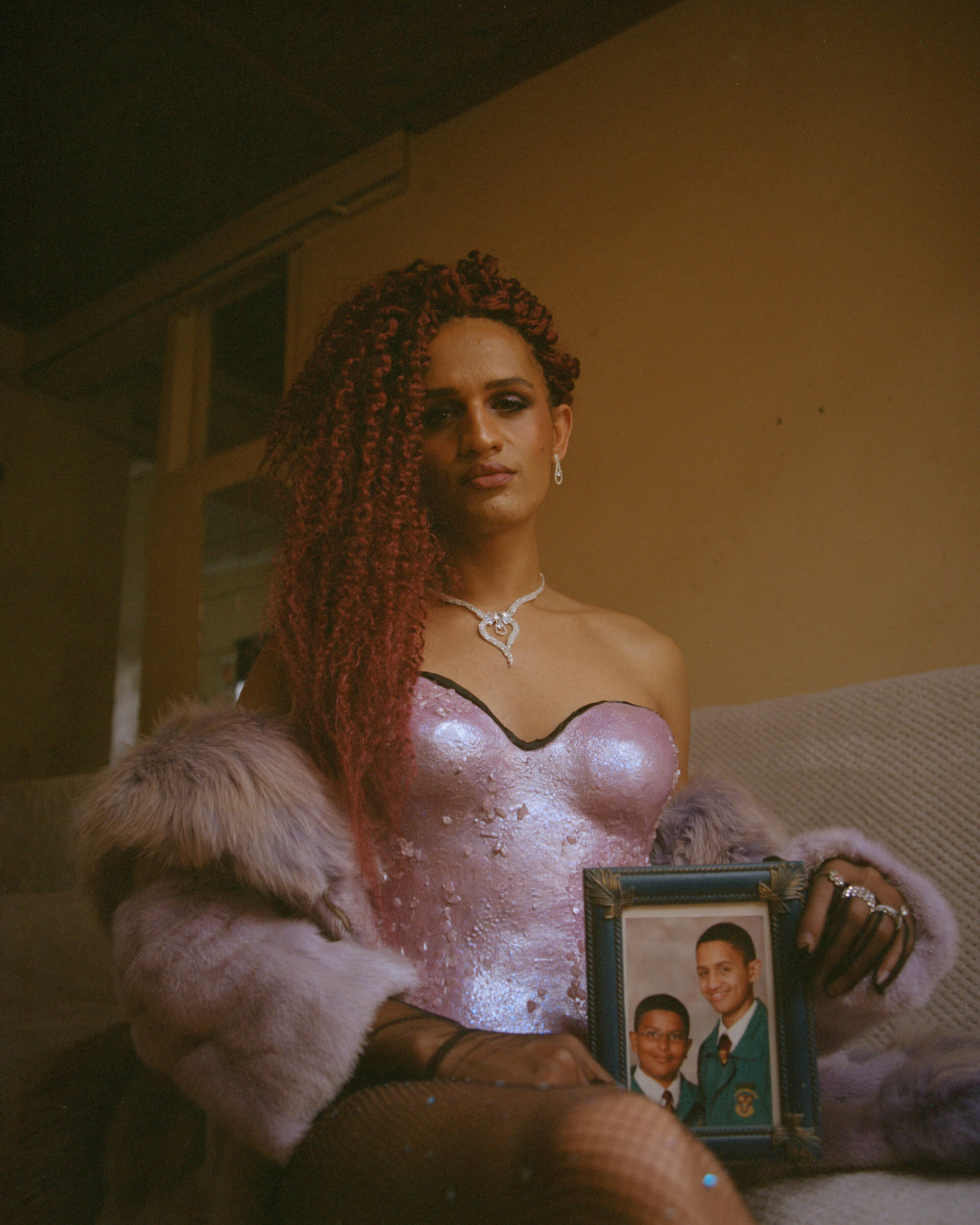
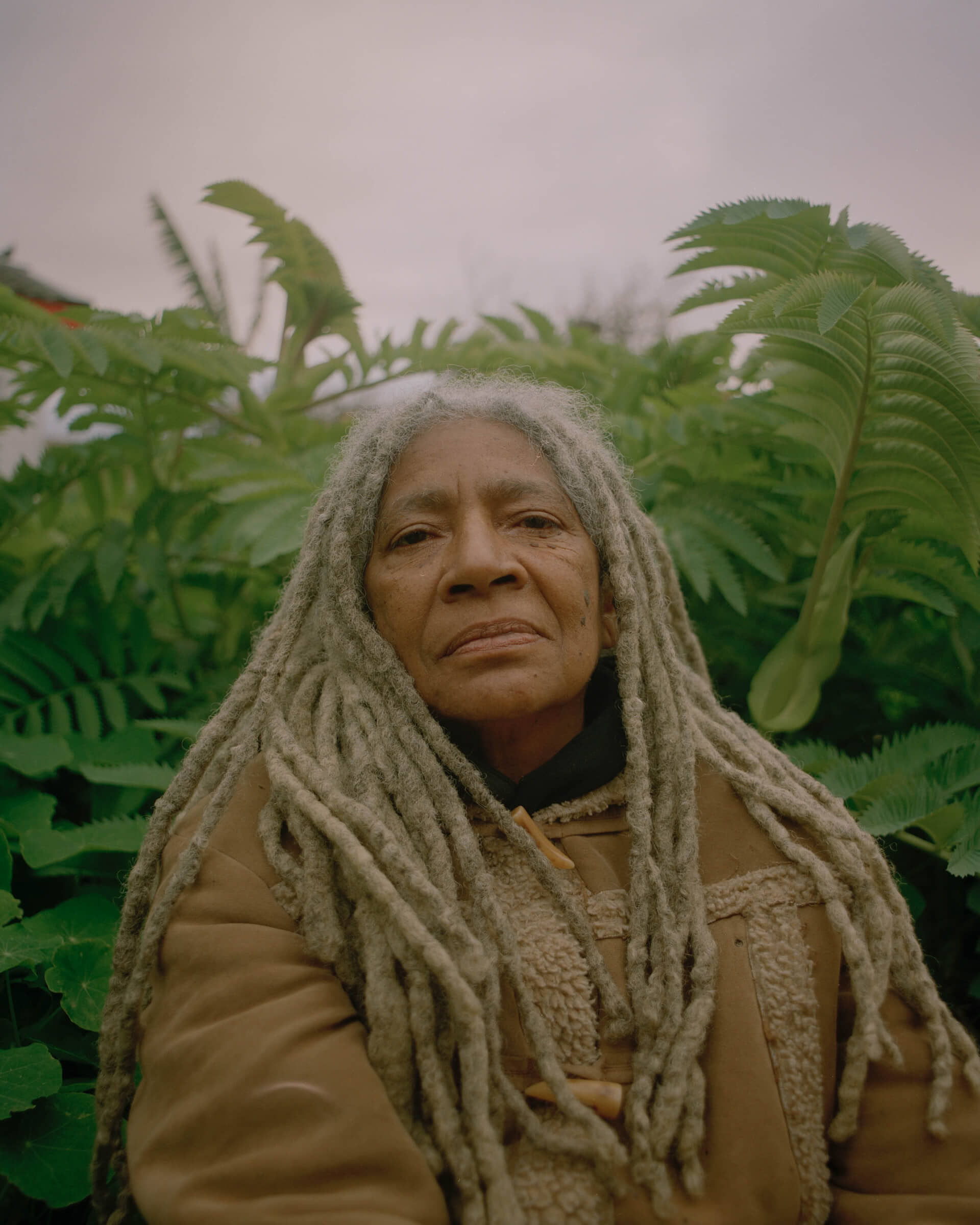

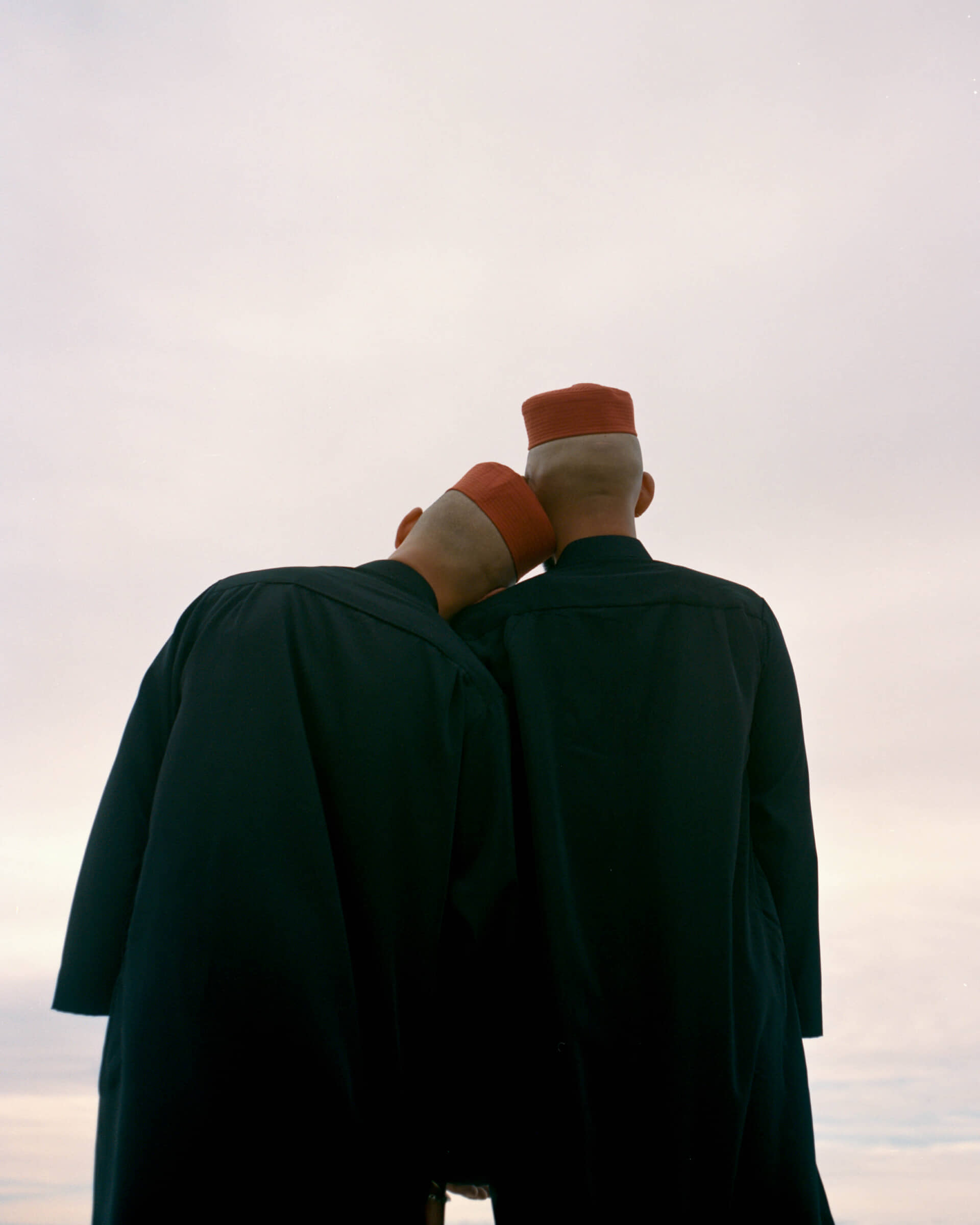
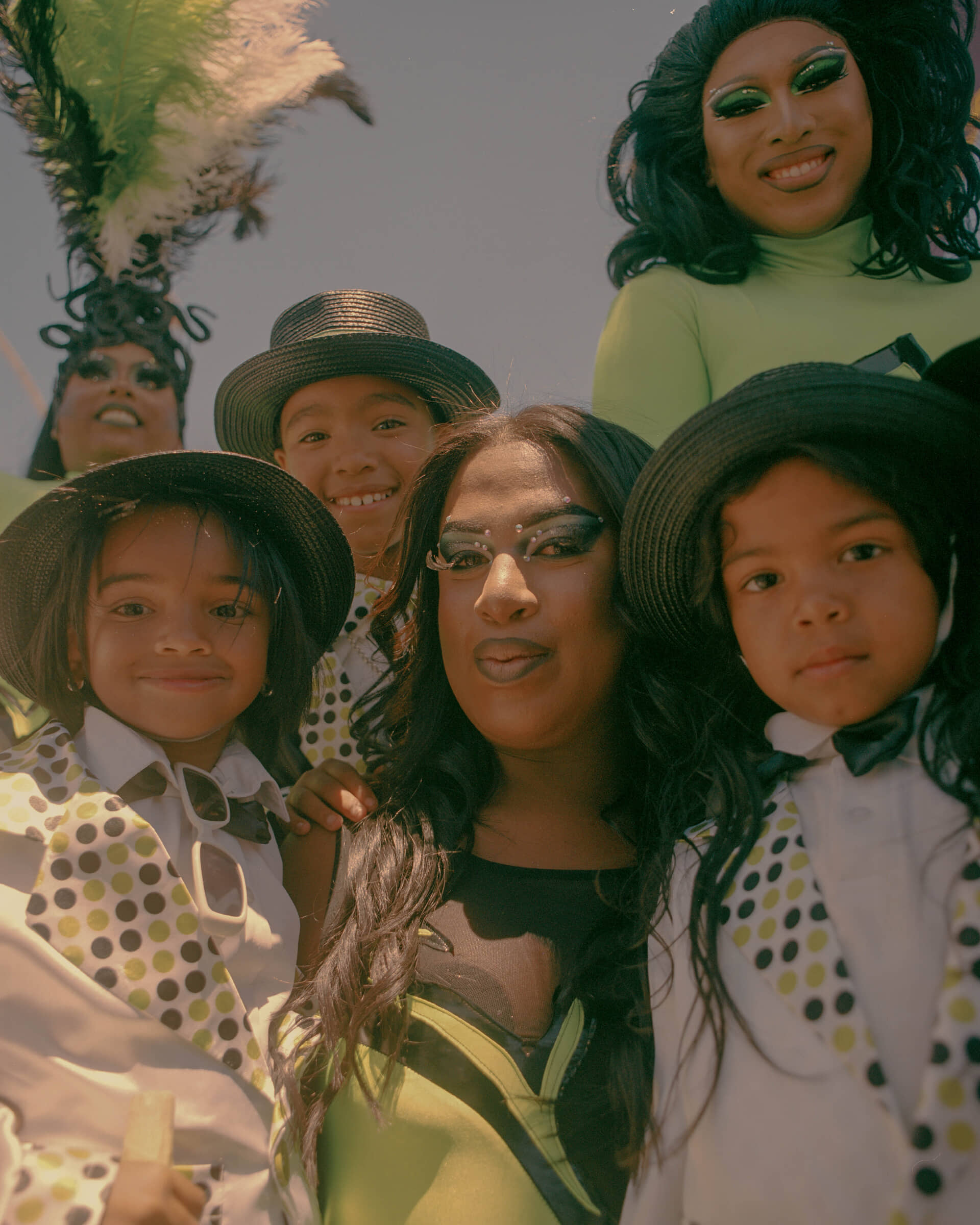
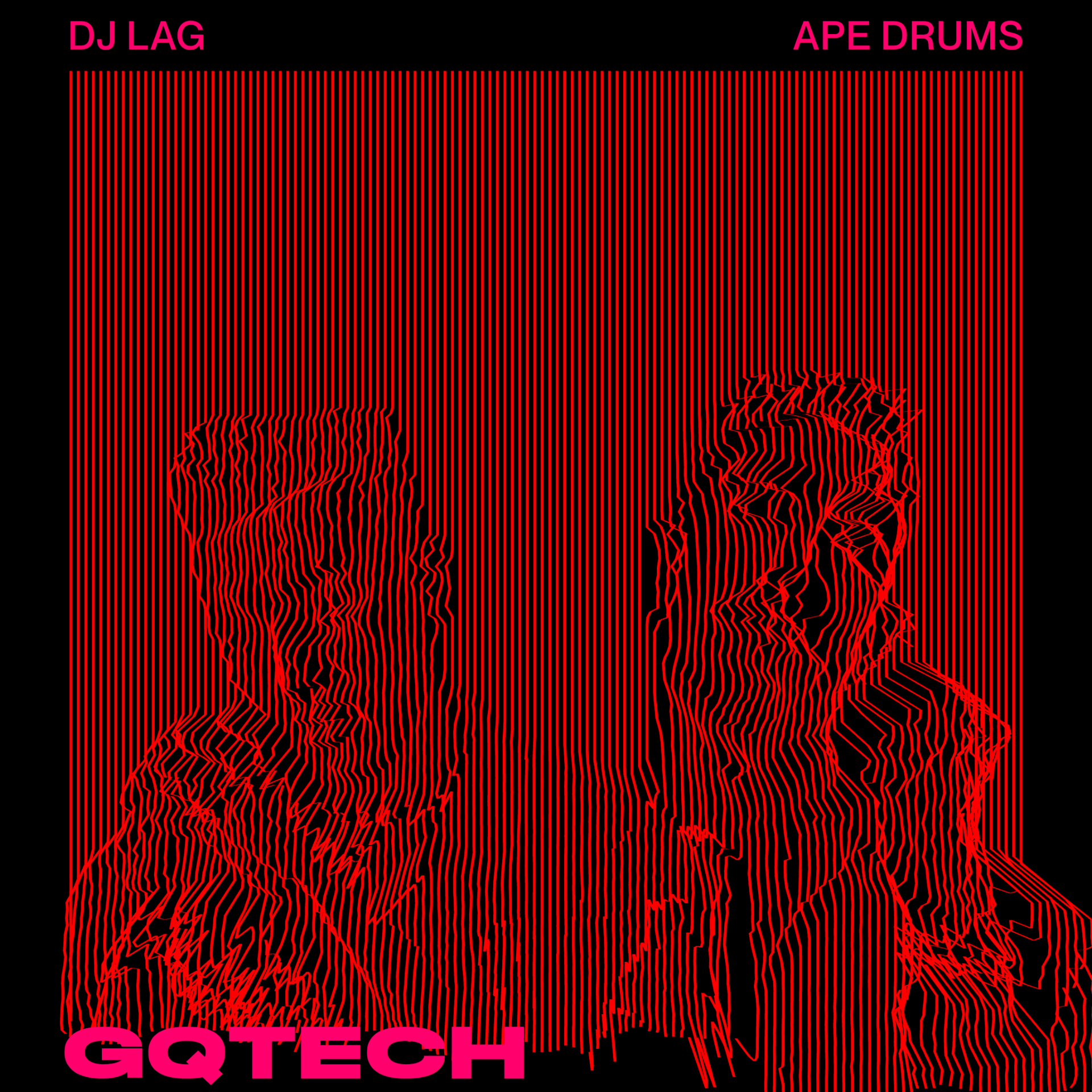
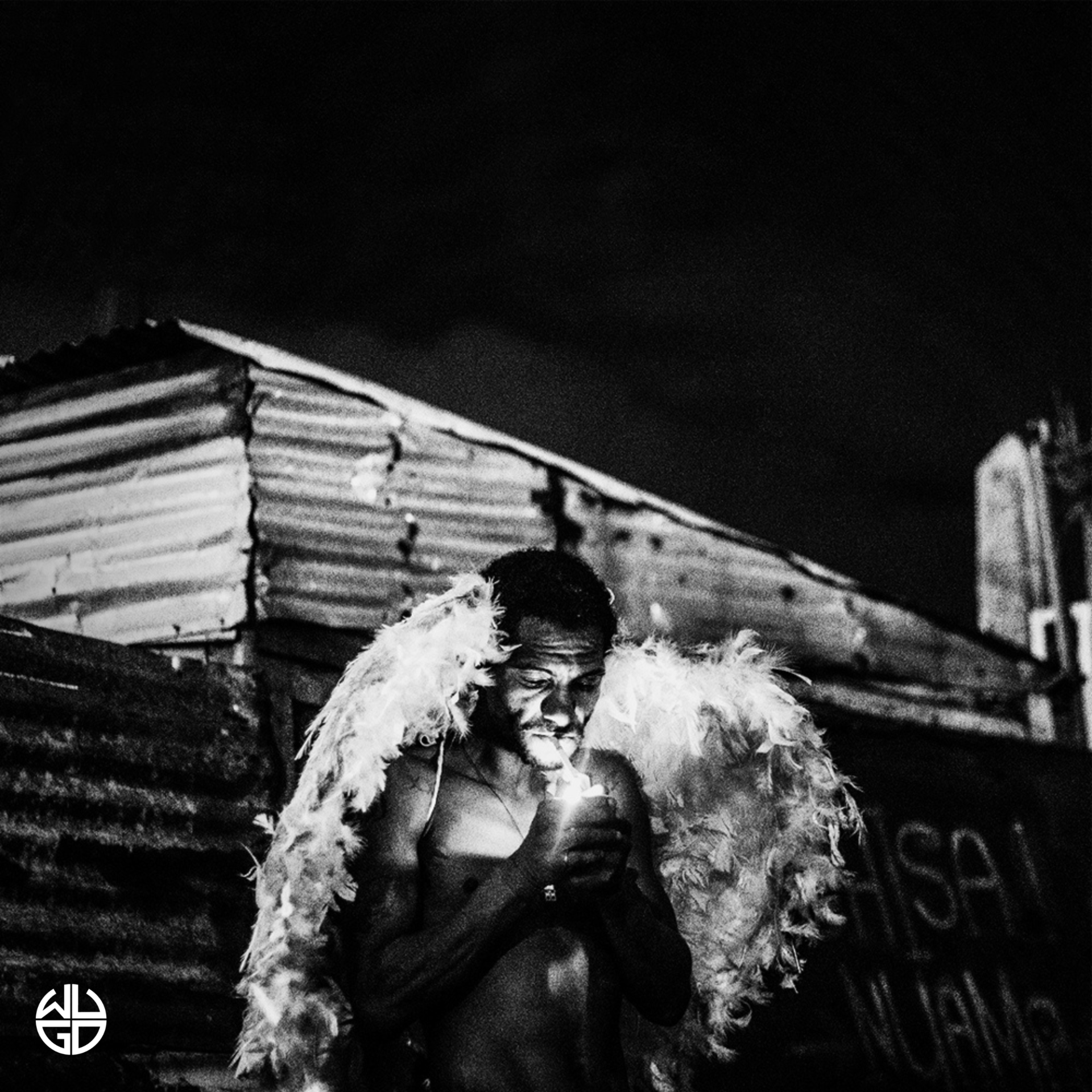
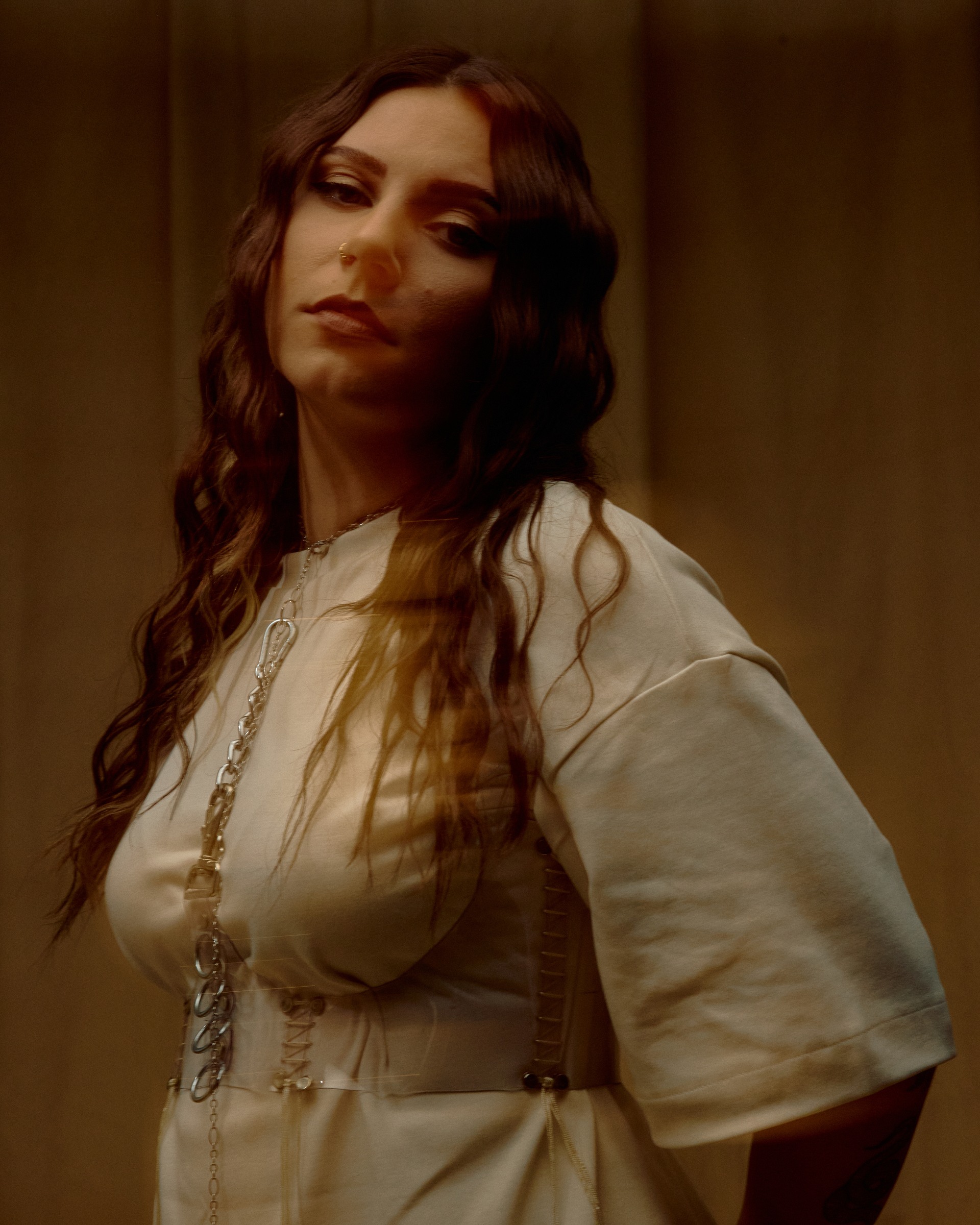
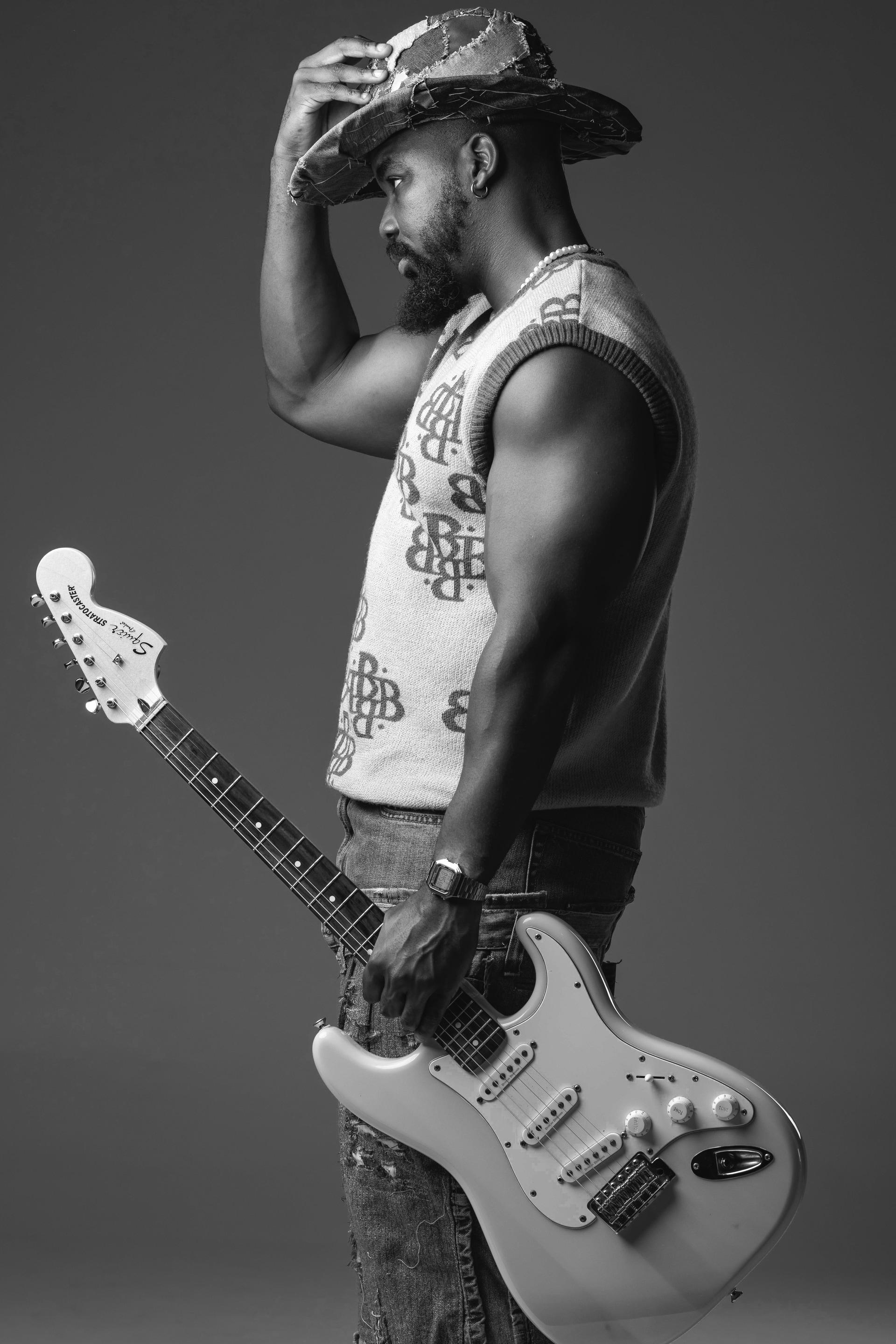
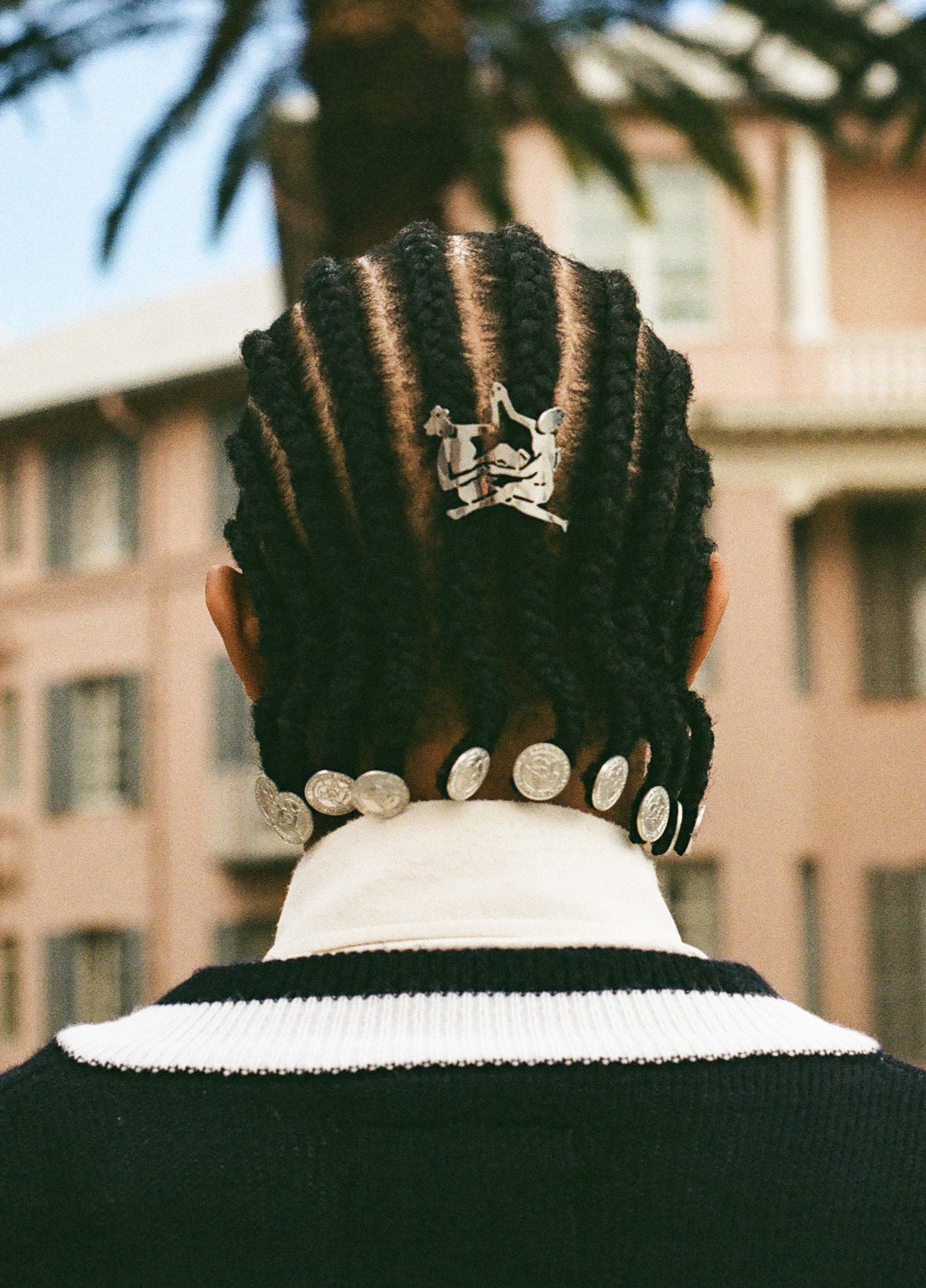
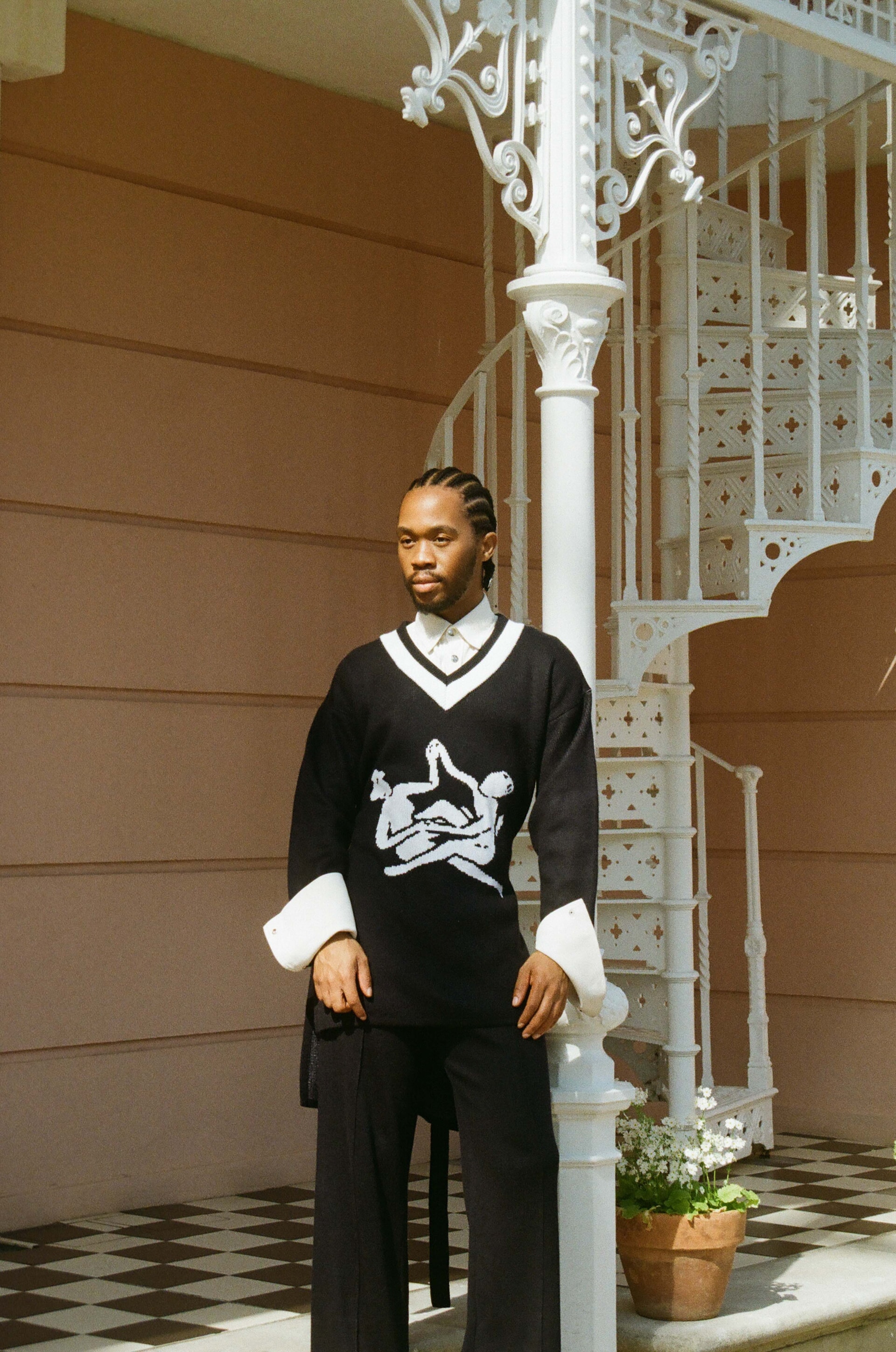
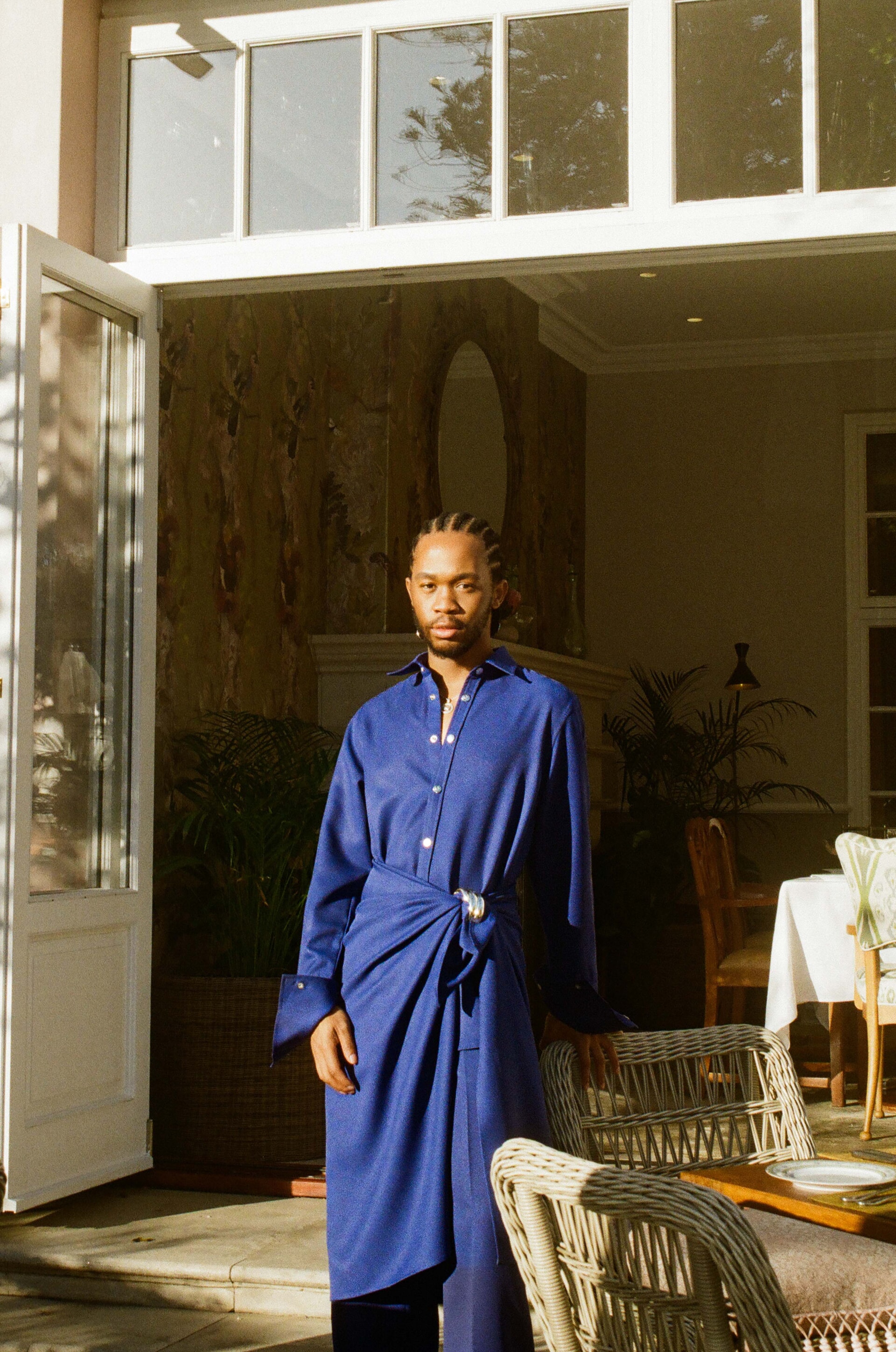
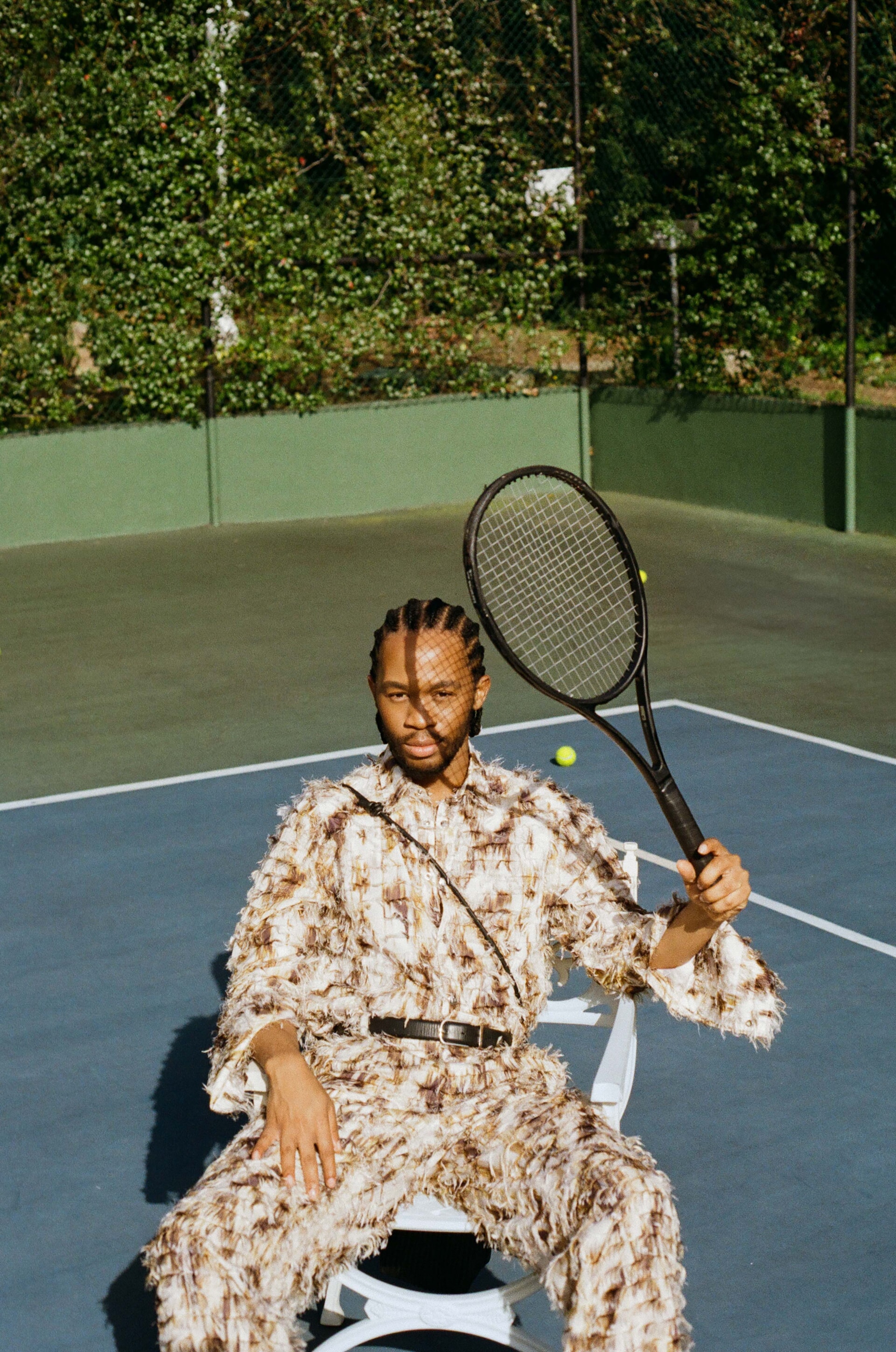


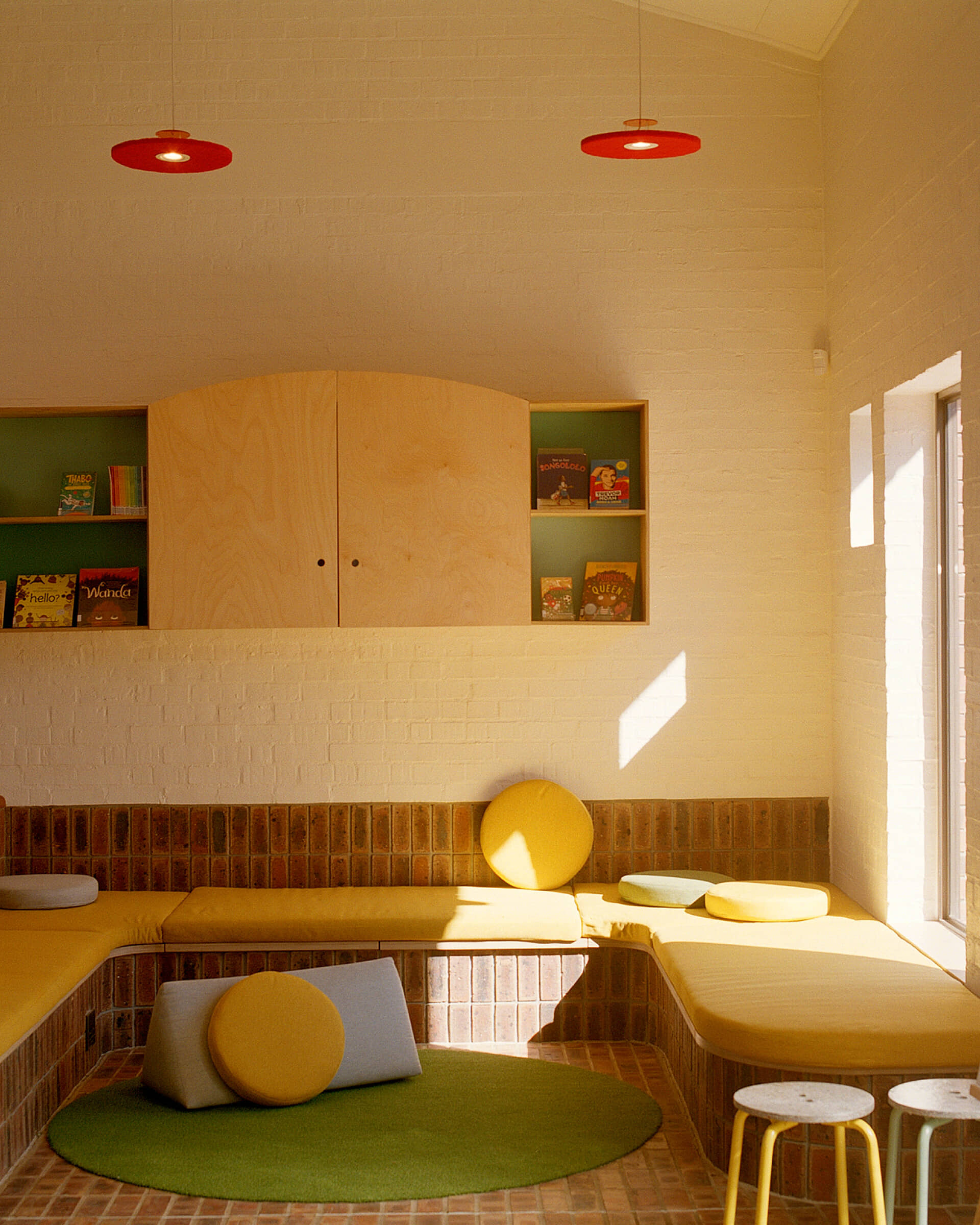
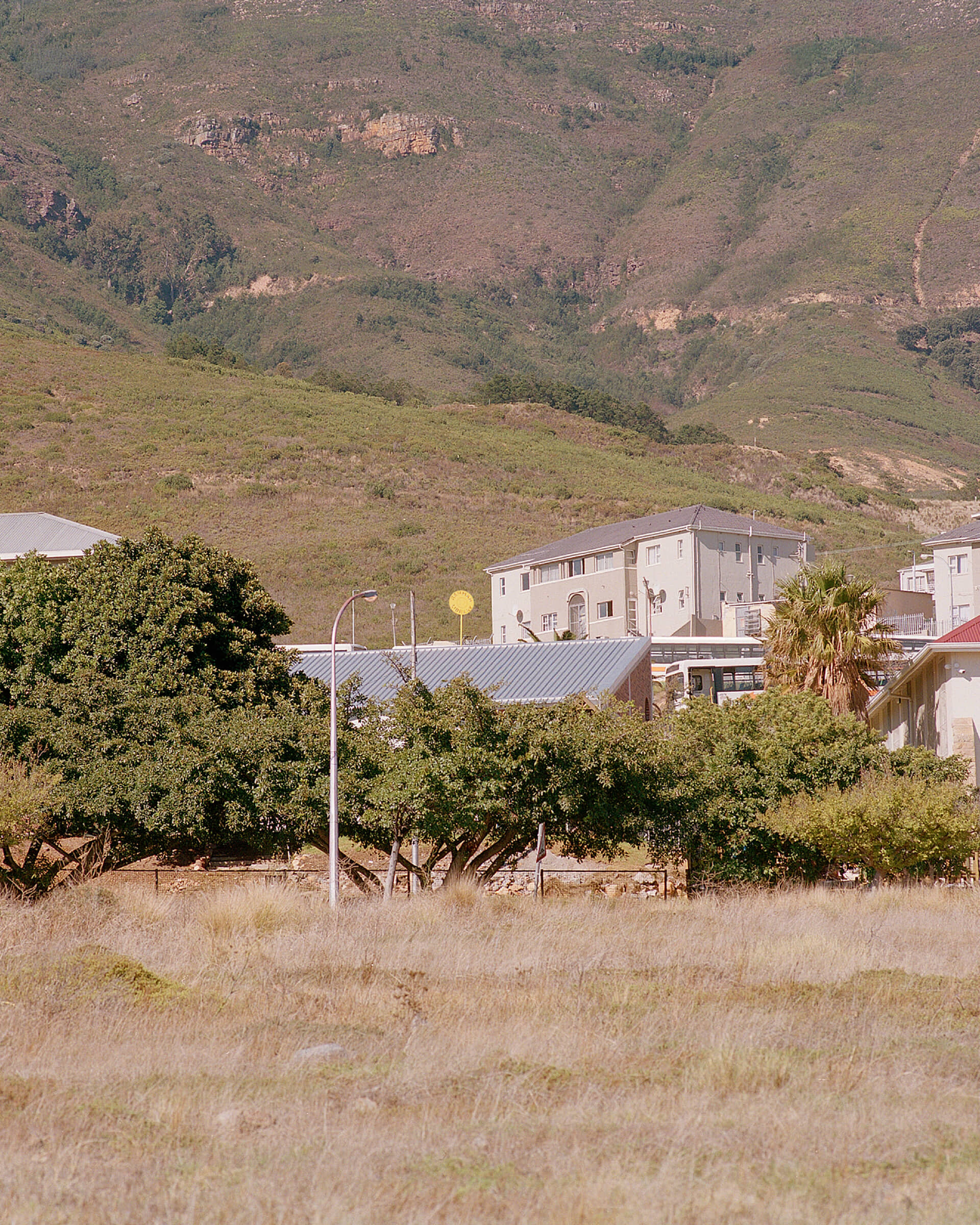
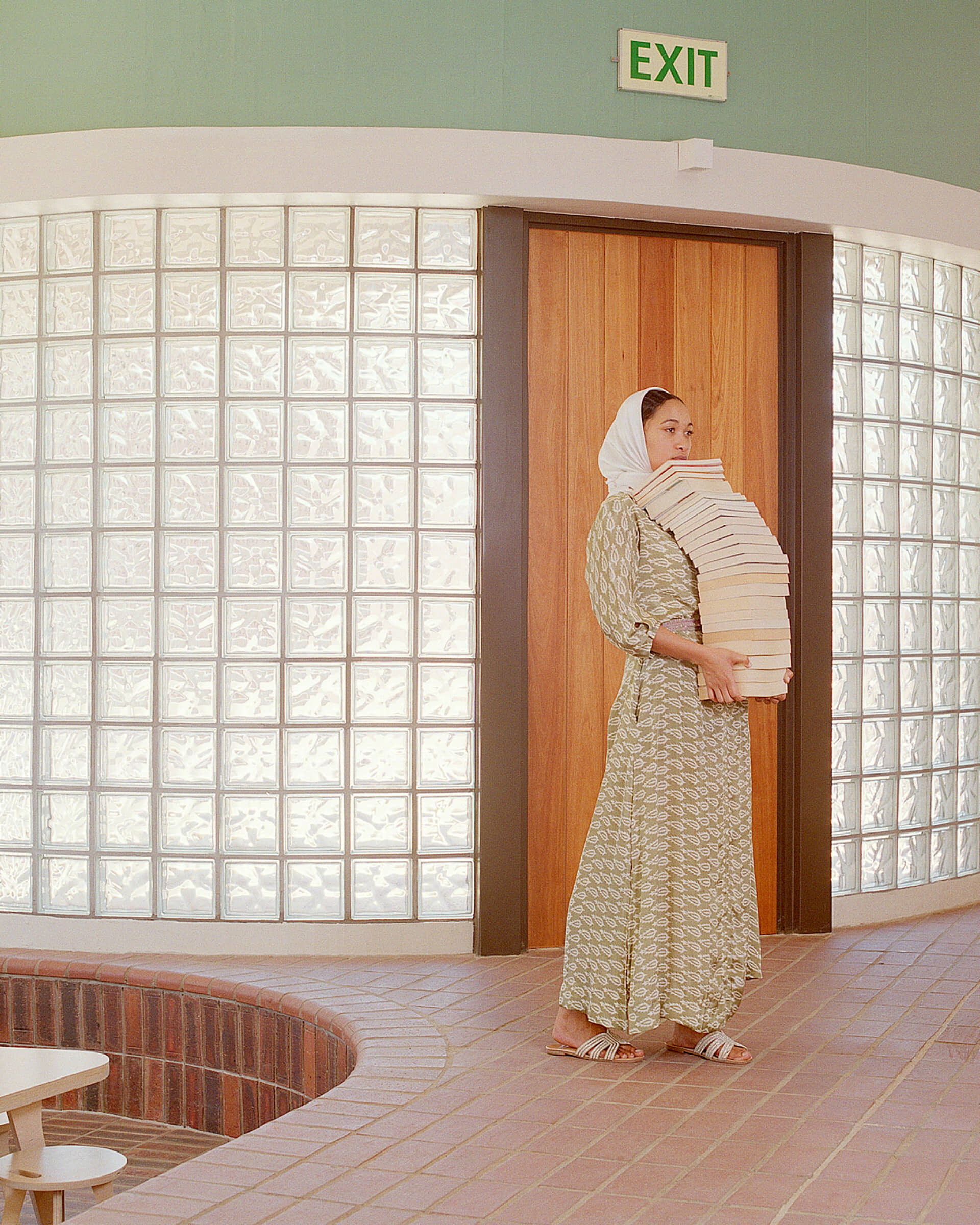
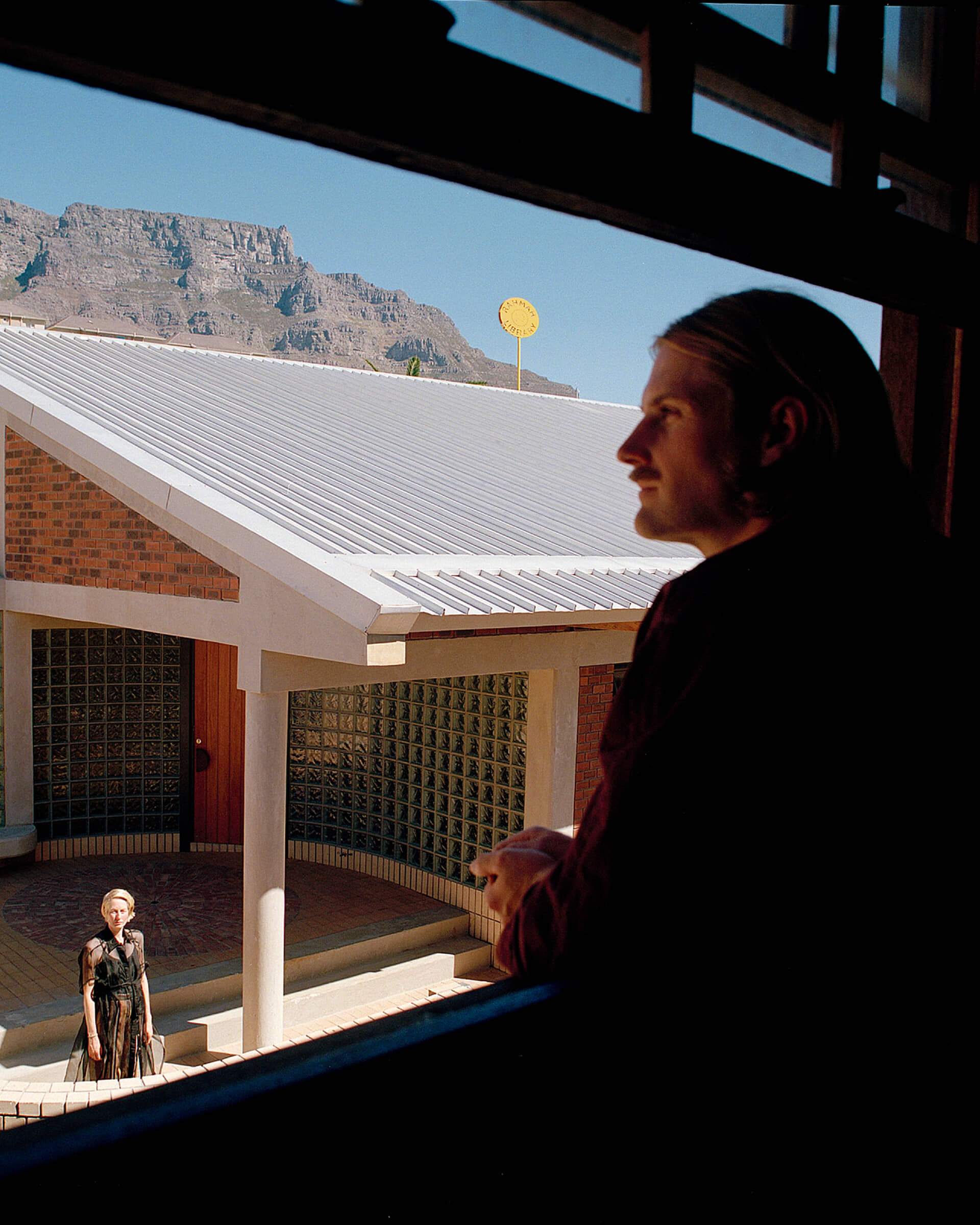
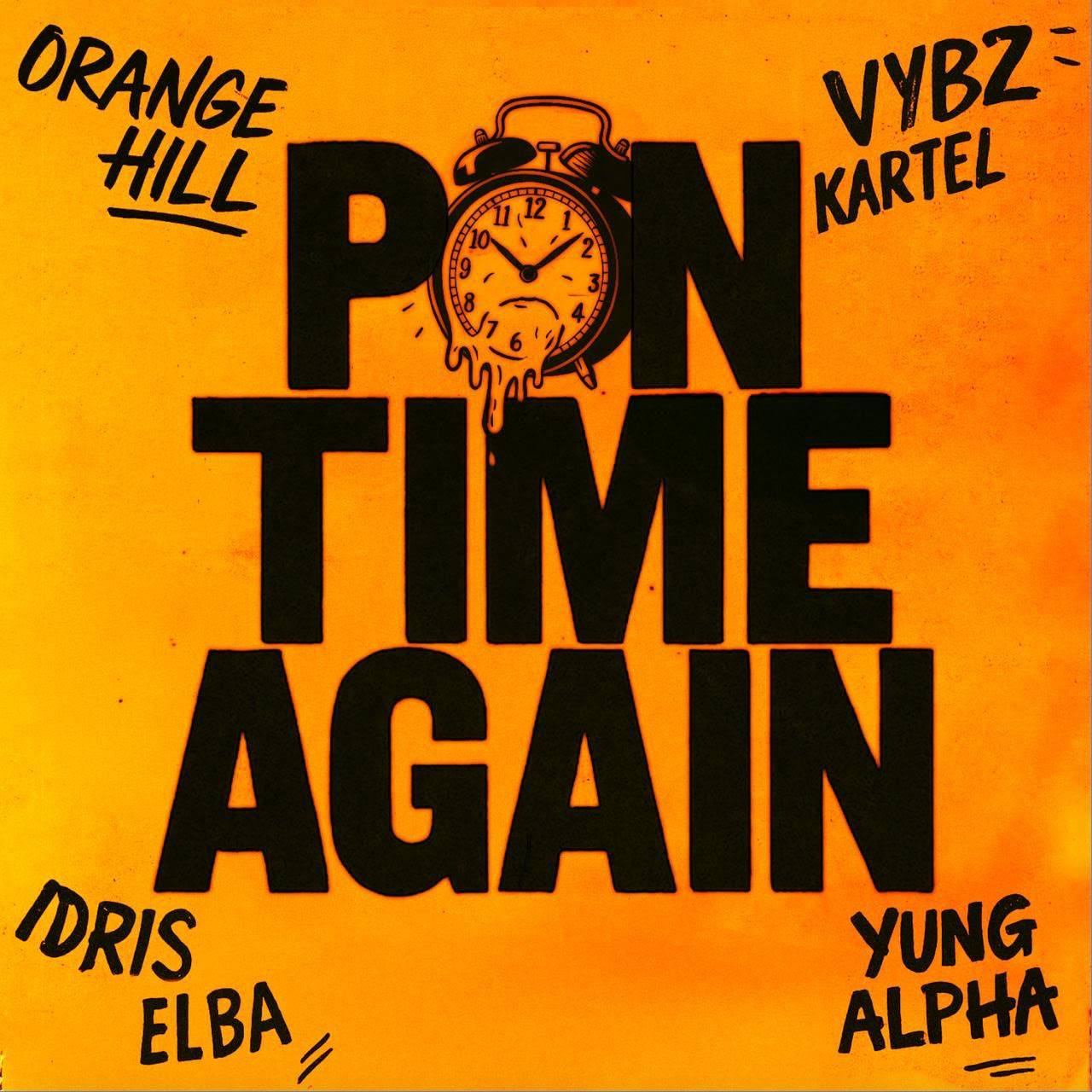

Recent Comments